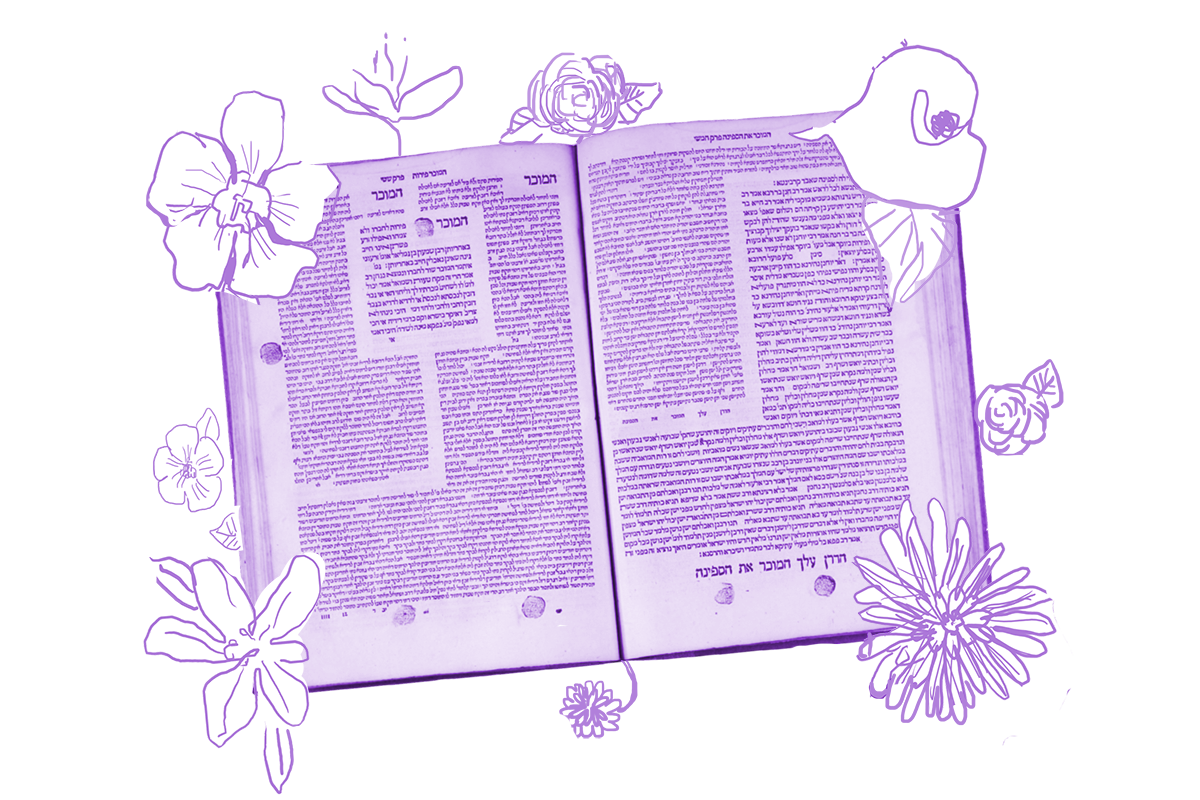Today’s daf presents us with a mishnah that describes three methods for taking possession of animals: hagbah (lifting), mesira (handing over), and meshicha (pulling). True to form, the mishnah presents us with a disagreement about which of these methods apply to which types of animals:
A large domesticated animal is acquired by passing. And a small one by lifting. This is the statement of Rabbi Meir and Rabbi Eliezer. And the rabbis say: A small domesticated animal can be acquired by pulling.
Paying for an animal is not enough to constitute a transfer of ownership; there must be a physical act that demonstrates taking possession. The type of act varies depending on the size of the animal, and the opinions described in the mishnah seem pretty logical. If an animal is small, it can be lifted or (according to the sages) pulled. Large animals require more of a symbolic acquisition. Because they are too large to be lifted, the buyer can merely take hold of the animal’s reins.
A beraita cited by the Gemara shares a slightly different version of this dispute:
With your help, My Jewish Learning can provide endless opportunities for learning, connection and discovery.
And the rabbis say: Both (small and large domesticated animals) are acquired by pulling. Rabbi Shimon says: Both by lifting.
Here it seems that the size of the animal has no bearing on the method of acquisition; rather, the dispute is about which method is effective for all animals. We can see how Rabbi Shimon’s position might create some problems. What happens if someone wants to sell their cow? How would such a large animal be lifted? Rav Yosef challenges Rabbi Shimon’s opinion with this exact argument, but he makes a curious choice in that his example of a large animal is — an elephant. Not a bull, ox, horse, donkey, or any of the other animals that someone living in fourth-century Babylonia might actually own. But an elephant, which someone living in fourth-century Babylonia would almost definitely not.
Rav Yosef’s challenge launches a series of explanations of how one can take possession of an elephant without actually lifting it off the ground — good thing, too, since the average elephant weighs somewhere between 5,000 and 10,000 pounds, depending on the species. But the Gemara does not explore why Rav Yosef brought up the elephant in the first place or why his colleagues simply accept this highly unlikely example without batting an eye.
This is not the first time we have encountered elephants in the Talmud. Think back to Tractate Sukkah, where the rabbis debated whether one can use an elephant as a wall of a sukkah. Or Tractate Eruvin, when they imagined that an elephant could be trained to carry an eruv from one location to another. In these and other instances, the elephant is a hyperbolic example of something outrageously large, unlikely or absurd. But other animals fit this bill too, so why don’t we see much talk of hippopotami?
I’d like to suggest that the elephant occupies a unique spiritual place in the mind of the rabbis. Indeed, Tractate Berakhot (56b-57a) tells us:
One who sees an elephant [pil] in a dream, (it is an omen that) miracles [pelaot] will be performed for him. Multiple elephants, miracles upon miracles will be performed for him.
Was it not taught: All species of animals are good omens in a dream, with the exception of an elephant and a monkey? This is not difficult. This (opinion refers to a case where it was) saddled, while this (opinion refers to a case where it) is not saddled.
What does it mean for an elephant to be saddled? I wonder if the rabbis here are thinking not about the elephant itself, but about the ivory of its tusks. In the Bible, ivory is a status symbol — for both good and bad. It is positively associated with the royalty of King Solomon, and negatively with the corruption of Jerusalem’s wealthy in the time of the prophet Amos. Ivory’s delicate beauty can be harnessed for holy purposes, but unbridled, it will corrupt and cause harm. Thus a saddled elephant in a dream is a good omen, while an unsaddled elephant is a bad one.
Similarly, our delicate and beautiful lives can be made holy through adherence to Jewish law, which shapes the contours of all our actions. But sometimes the halakhah can feel like a saddle, heavy and burdensome. With their curious references to elephants in legal contexts, perhaps the sages want to subtly convey that it is through this saddle that our lives can be elevated, sanctified and filled with miracles.
Read all of Kiddushin 25 on Sefaria.
This piece originally appeared in a My Jewish Learning Daf Yomi email newsletter sent on September 7th, 2023. If you are interested in receiving the newsletter, sign up here.



